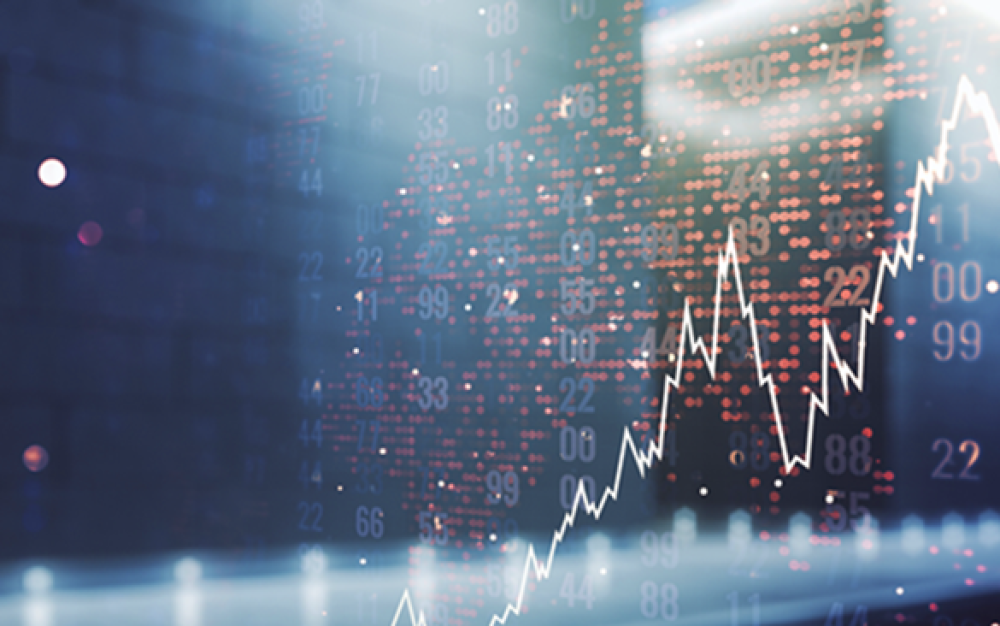Secondary markets just had a record-breaking year — and their surge is set to continue into 2022, according to Setter Capital.
The Canadian investment bank said secondary market volume reached a record $143.3 billion in 2021, jumping from $61.8 billion in 2020 and marking the first time that secondary transactions cleared $100 billion in a single year.
Private equity saw the largest bump in secondary purchases in 2021, increasing by 137 percent. Infrastructure, real estate, and agriculture and timber fund activity also jumped from 2020. Of the types of secondary transactions tracked by Setter, only hedge fund activity decreased, falling 23.3 percent from 2020 to 2021.
The investment bank’s report also included a survey of 102 active and regular buyers in the secondary market, including Hamilton Lane, UBS Asset Management, and Commonfund Capital. Eighty-seven percent of survey respondents agreed that their volume of assets purchased was higher in 2021 than 2020.
Leveraged buyout funds composed 76 percent of funds purchased, with LBO secondary activity increasing 158.3 percent year over year. Likewise, venture capital fund secondaries transactions jumped 154 percent from 2020 to 2021.
Across the secondary market, the average fund purchased in 2021 was 5.78 years old, according to Setter.
The investment bank said secondary funds were the most active buyers in 2021, fulfilling 88 percent of purchases. General partners that do direct investments — in other words, not fund-of-funds or secondary funds — were the most active sellers, Setter said.
Among survey respondents, 34 expected direct investing GPs to remain the top sellers in 2022, while 30 percent predicted pension funds would be among the the top sellers.
About 16 percent of respondents believed secondary volume would be higher in 2022 compared to 2021, while 77.8 percent said it would be similar.







